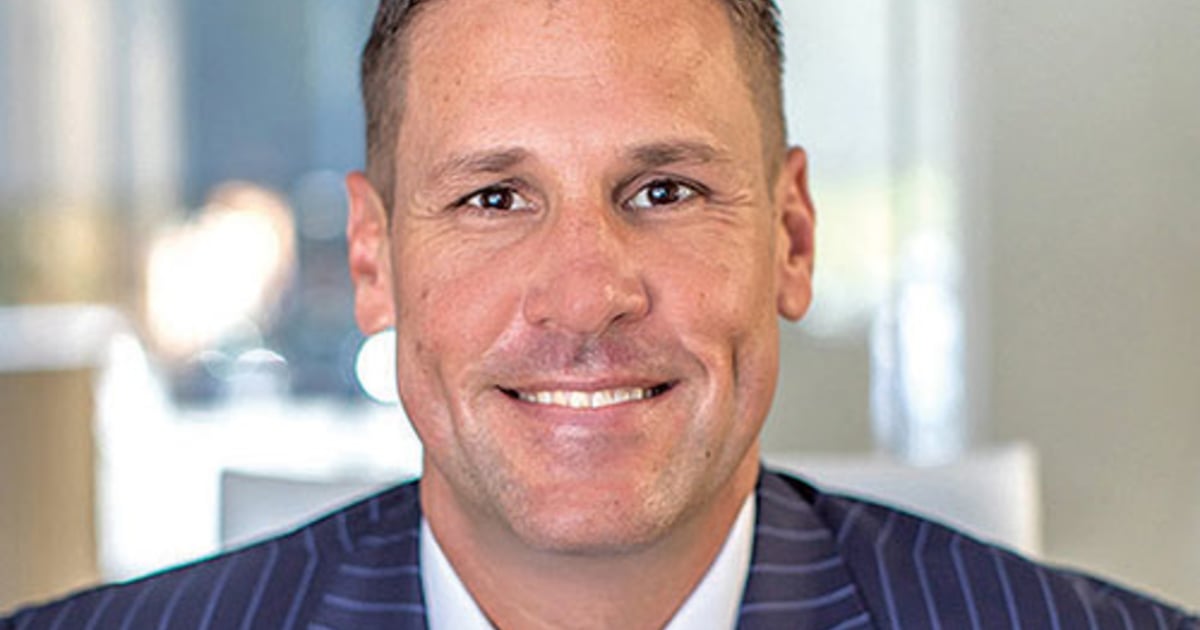
The ICE age is waning and the EV wave is coming.
While the timing still is in flux, there is no denying that every aspect of the transportation industry is unavoidably moving toward electrification. And the time to prepare for it, from sales training to service contracts, is now.
We’ve all seen the headlines — OEMs are investing hundreds of millions in R&D to advance their inventory changeover from internal combustion engine vehicles to electric vehicles in large part because of aggressive fuel emission standards and other legislation. There also is a growing consumer movement to take actions that reduce our carbon footprint, and EVs help fill that need for many drivers. So great is this groundswell, in fact, that in 2022 Audi, Volkswagen, General Motors and Jaguar Land Rover all announced they will phase out ICE vehicles by 2036.
Forward-looking dealers are not sitting on the sidelines. Many are already taking action to refine their dealership and customer experiences in lockstep with the evolution in vehicles and electrification — and how both affect the way these vehicles are sold, financed and protected.
It is critical for dealers to start thinking about and taking action on how EVs will change the future of their dealership operations, even if they don’t have them in their inventory yet.
Since fixed operations are so tangible, it’s easy to start there. Dealers need to be thinking about how the service area will have to transform to accommodate EVs in addition to ICE vehicles. What new equipment will be needed? What new diagnostics and additional repair training is required? Should service bays be dedicated to either EV or ICE, or can they be configured to accommodate both? Many decisions will need to be made to set up dealership service operations for EV success.
Yet there is another equally important area of the dealership that will also have to transform as EV sales begin to approach — and eventually surpass — ICE vehicles. That is in F&I.
Just as the significant mechanical differences of EVs are transforming how dealers run their service departments, these changes will also streamline how F&I sells protection products. Chief among those mechanical differences is the 800-pound gorilla in the room — or rather, the 1,000-pound lithium traction battery that powers these vehicles.
Instead of a stumbling block, concerns about battery longevity (and potentially, replacement costs) can be an opportunity to educate potential buyers who don’t have the knowledge of EV early adopters.
While consumers understand the basic concept of an EV — that it runs on electricity instead of gasoline — most don’t know much beyond that. How EVs work and what parts are more prone to wear and tear still is largely unknown to consumers.
According to a recent Consumer Reports national survey, more than one quarter of Americans say they would not buy an electric vehicle, while just 9 percent say they are “very” familiar with the fundamentals of owning an electric-only vehicle — with familiarity highly correlated with the likelihood of buying or leasing an electric-only vehicle. This knowledge gap presents an opportunity for dealers to become a resource for EV education.
The reality is while EVs require less maintenance than a typical ICE vehicle, the parts are often interconnected and may be expensive to repair. This may sound like a turnoff for your customers, but it is an opportunity to educate them while underscoring the value of your F&I offerings.
Customer education about the nuances of buying, driving and maintaining an EV vs. an ICE vehicle should be presented throughout a buyer’s journey. Ideally, the sales staff’s ability to discuss EVs with customers sets up the F&I department to continue the conversation. Of course, before those teams can confidently (and legally, ethically and compliantly) advise consumers on EV ownership, they’ll need comprehensive training. That’s a critical first step.
Once trained, both teams will better understand — and be able to articulate — important information about the high-tech components found on today’s EVs, including:
- Lithium ion battery
- Electric motor(s)
- Regenerative braking system
- Charge connector cable
- Battery management system
- Charge connector
- Complex navigation and entertainment systems
- Emerging ecosystem of other electrical services
Modern EVs still are new to the market and their long-term durability is relatively untested. Service contracts present a significant opportunity for dealers to provide customers with the peace of mind that their vehicle is covered for major mechanical issues.
Ideally, F&I departments will be able to offer coverage that protects against failure of the lithium ion battery, as that is one of the most expensive components to replace. As more EV lease turn-ins come back to the dealership and show up at auction, battery protection will be a critical offering to help put buyers of used and certified pre-owned vehicles at ease.
To sell service contracts for EVs, dealers need to communicate not only the potentially higher repair costs, but the value of OEM-certified technicians working on them.
Because of the unique technology that underpins EVs, not all auto repair facilities can service them — these vehicles most likely will require service from a dealer. This return to the dealership also will drive the loyalty critical to defining the full customer life cycle on EVs.
Electric vehicles are coming in ever greater numbers, so now is the time to start building — or reinforcing — that mindset throughout the dealership. From sales to F&I to service, EVs not only will transform how and what we drive, but dealership operations overall.
By evolving with this change, dealers will be in a better position to thrive in the future.